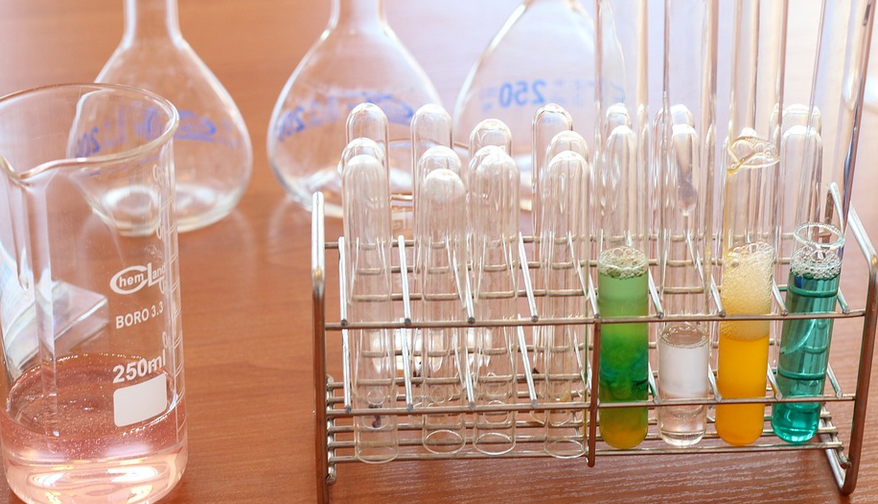Introduction
If you’re interested in natural products, then you’ve probably heard of pine resin. Pine resin is a sticky substance that is secreted by pine trees. It has been used for centuries for its medicinal and protective properties. But do you know what makes up pine resin? In this article, we will explore the chemical composition of pine resin.
What is Pine Resin?
Pine resin is a viscous liquid that is produced by pine trees. It is made up of a variety of chemical compounds, including terpenes, resin acids, and volatile oils. Pine resin is typically harvested by cutting into the tree’s bark and collecting the sap that oozes out.
Terpenes
Terpenes are a large class of organic compounds that are found in many plants, including pine trees. These compounds are responsible for the characteristic aroma and flavor of pine resin. Some of the most common terpenes found in pine resin include alpha-pinene, beta-pinene, and limonene.
Resin Acids
Resin acids are another important component of pine resin. These compounds are responsible for the protective properties of pine resin. Resin acids are known for their antimicrobial and antifungal properties, which make them useful for preventing infections and preserving food.
Volatile Oils
Volatile oils are a class of organic compounds that are found in many plants, including pine trees. These compounds are responsible for the strong aroma of pine resin. Volatile oils are also known for their therapeutic properties, including their ability to relieve pain and reduce inflammation.
Uses of Pine Resin
Pine resin has been used for centuries for its medicinal and protective properties. Some of the most common uses of pine resin include:
Medicinal Purposes
Pine resin is known for its therapeutic properties. It has been used for centuries to treat a variety of ailments, including respiratory infections, skin conditions, and digestive issues. Pine resin is also known for its ability to relieve pain and reduce inflammation.
Food Preservation
Pine resin has antimicrobial and antifungal properties, which make it useful for preserving food. In many cultures, pine resin has been used to preserve meat, cheese, and other perishable foods.
Industrial Uses
Pine resin is also used in a variety of industrial applications. It is used in the manufacture of adhesives, varnishes, and coatings. Pine resin is also used to make turpentine, which is a solvent used in paint thinners and cleaners.
Conclusion
Pine resin is a natural product that has been used for centuries for its medicinal and protective properties. Its complex chemical composition makes it a versatile and valuable resource. Whether you’re looking for a natural remedy for a health issue or a way to preserve your food, pine resin is worth exploring.

